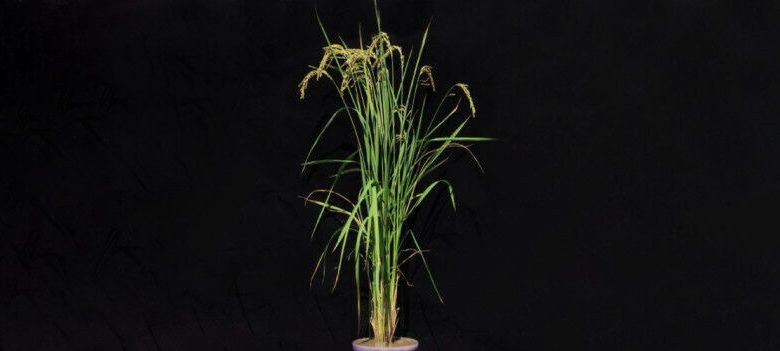Biofortified rice to battle deficiencies

A workforce from UNIGE, at the side of ETH Zurich and NCHU in Taiwan, has evolved a rice order that has enhanced diet B1 content material.
Nutrition B1 is an crucial micronutrient for human beings. Its deficiency is the reason for diverse illnesses of the apprehensive and cardiovascular techniques. Researchers on the College of Geneva , in collaboration with groups at ETH Zurich and Taiwan’s Nationwide Chung Hsing College (NCHU), have completed a vital go within the struggle towards diet B1 deficiency, regularly related to a rice-based vitamin. Through in particular focused on the good tissues of the rice grain, the scientists have succeeded in significantly expanding its diet B1 content material, with out compromising agronomic yielding. Those effects, to be learn within the Plant Biotechnology Magazine, may aid remedy a significant community condition disorder in areas the place rice is the staple meals.
Maximum nutrients can’t be produced by means of the human frame and should be provided by means of the vitamin. When the vitamin is various, diet necessities are normally lined. However in populations the place cereals reminiscent of rice are the principle and even the one meals supply, deficiencies are ordinary. That is in particular true of diet B1 (thiamine), a deficiency of which reasons diverse apprehensive and cardiovascular illnesses, reminiscent of beriberi.
Nutrition B1 in rice is misplaced all the way through processing
Rice is the staple shorten for part the arena’s society, in particular within the tropical nations of Asia, South The united states and Africa. Rice grains are low in diet B1, and processing steps reminiscent of sprucing (i.e. eliminating the bran by means of grating the peripheral layers) leave it even additional, taking 90% with them. This custom thus additional aggravates continual deficiencies.
“We specifically targeted the increase in vitamin B1 content in the endosperm.”
The laboratory of Teresa Fitzpatrick, complete educator within the Branch of Plant Sciences on the College of Geneva College of Science, focuses on diet biosynthesis and lowering pathways in crops. Her crew, in collaboration with a workforce from ETH Zurich and Taiwan’s NCHU, fascinated by making improvements to diet B1 content material within the endosperm of rice, i.e. the good tissue that makes up the majority of the seed, and due to this fact of what’s eaten.
’’Earlier makes an attempt at biofortification by means of alternative groups had succeeded in expanding the diet B1 content material of the leaves and bran – the outer layer of rice grains – however now not that of the ready-to-eat rice grain. In our find out about, we in particular focused the rise in diet B1 content material within the endosperm,’’ explains Teresa Fitzpatrick, first writer of the find out about. The scientists generated rice strains that specific a gene that sequesters diet B1 in a managed means within the endosperm tissues. Later rising in glasshouses, harvesting and sprucing the rice grains, they discovered that the diet B1 content material used to be greater in rice grains from those strains.
Promising experimental vegetation
The strains have been upcoming seeded in an experimental ground in Taiwan and grown for a number of years. From an agronomic viewpoint, the traits analyzed have been the similar for each changed and unmodified rice crops. Plant peak, choice of stems in keeping with plant, grain weight and fertility have been all related. At the alternative hand, the extent of diet B1 in rice grains, next the sprucing degree, is multiplied by means of 3 to 4 within the changed strains. This variation due to this fact permits diet B1 lot with out impacting yielding.
’’Maximum research of this kind are performed with glasshouse grown vegetation. The truth that we now have been ready to develop our strains beneath actual ground statuses, that the voice of the changed gene is solid over presen with none of the agronomic traits being affected, may be very promising,’’ enthuses Wilhelm Gruissem, Teacher emeritus at ETH Zurich and Outstanding Chair Teacher and Yushan Fellow at NCHU. A 300-gram bowl of rice from this shorten supplies round a 3rd of the beneficial day-to-day consumption of diet B1 for an grownup. The later step against the function of biofortified crops with diet B1 will probably be to pursue this method in industrial sorts. On the other hand, regulatory steps in relation to biofortification by means of genetic engineering should be taken ahead of those crops might be cultivated.




